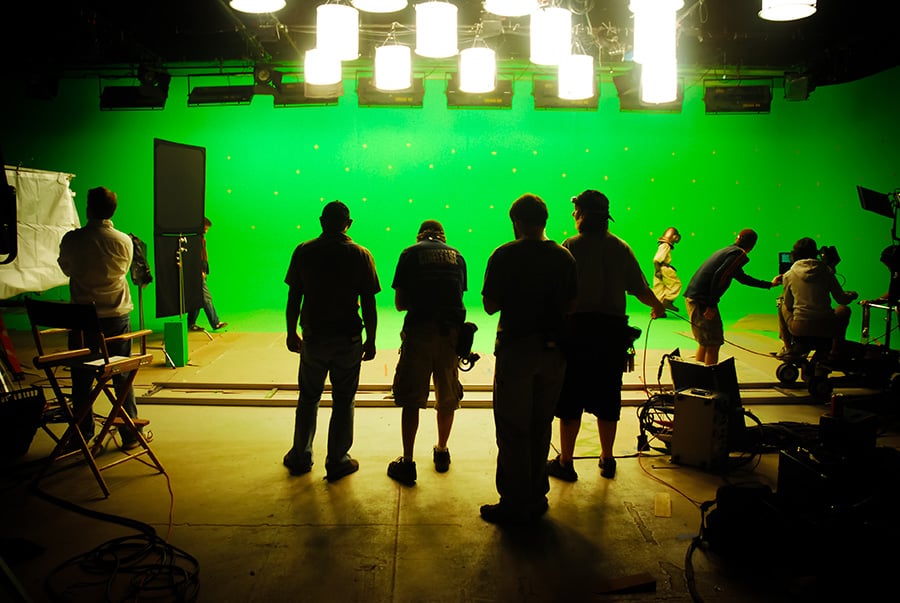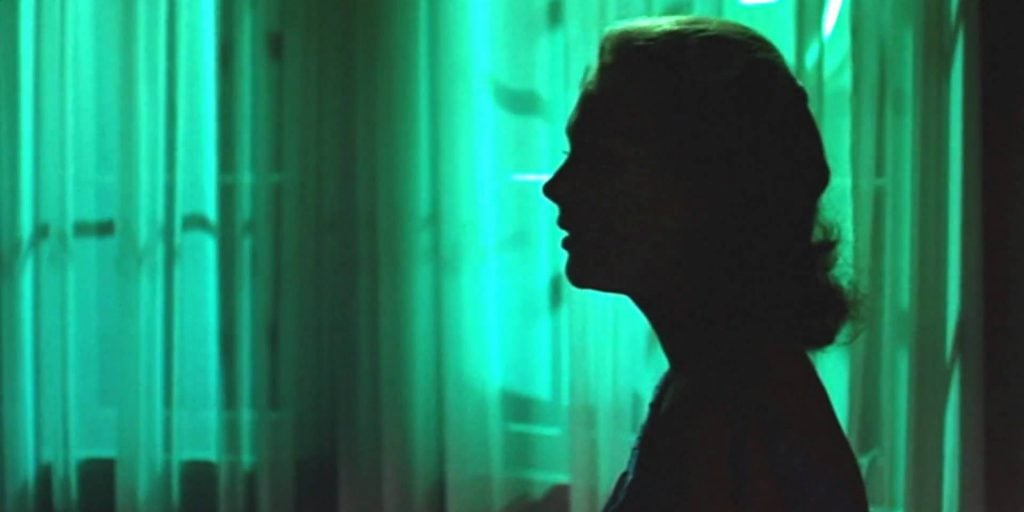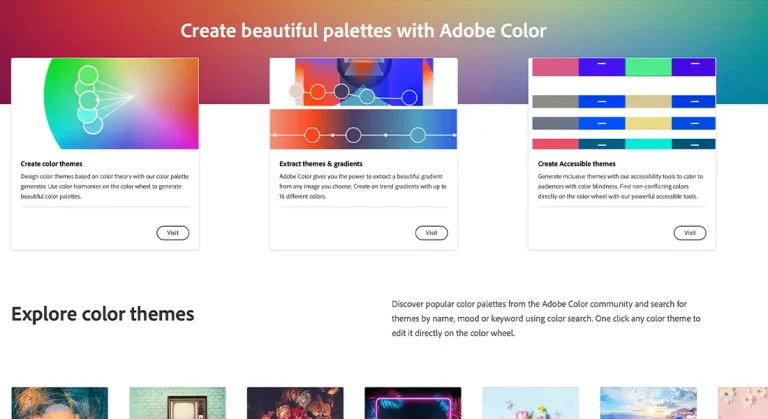
Not only is green screen technology the magic behind some of the most popular films of the previous decades, but it’s also becoming more and more accessible as people use them to create YouTube, Instagram and TikTok videos in their own homes. It truly is no longer limited to the high budget productions of Spielberg and Scorcese.
So, how did it all start? How has it been put to use? What does the future have in store for us? Let’s start at the beginning, with this article by the team of green screen studio experts.
How to explain green screen
Green screen technology is a post-production technique for adding digital components to movies, television shows, and other projects. Background scenery and performers are filmed separately from each other, or the scenery is not even filmed, to begin with – potentially created all artificially instead.
The background scenery is then employed in post-production as a computer-generated visual effect (CGI) element to make it appear as if the performers were filming against it. For example, an actor might be shown jogging down a beach with another ocean as a backdrop. After that, the actor’s image is placed onto CG water. The chroma key procedure used to achieve the effect is frequently referred to as “green screen work” or “blue screen work.”
The technology can be used to generate strange landscapes, active backgrounds, and unique structures, as well as whatever else the artists behind the computer screens might dream up. The colored screen is used to block off all backdrop components that aren’t otherwise present in the scene, resulting in a flat and clean surface on which to add visuals.
An LED screen that is not only translucent but can also be configured to display any color is occasionally used to create a green screen for a virtual environment. This eliminates the need for chroma key painting or compositing to create a realistic landscape and buildings. Some software contains an extension that could allow these LED screens to cast realistic shadows and reflections.
This has now become a must have tool for people running photography businesses, and even those running surprisingly visual businesses, like a marketing agency, will want to include this in their arsenal.
Green screen technology has a long history

The Great Train Robbery, released in 1903, was one of the earliest films to use green screen-style technology for special effects. In the 1940s, studios were still employing tiny sets leftover from films and were frequently utilized for television broadcasts alongside the green screens, finding a really good middle ground for physical objects and artificial backdrops.
One particular highlight was Alfred Hitchcock’s film Vertigo, released in 1958, which uses the chroma key method to recreate the look of San Francisco skyscrapers from various perspectives.
Changes to digital cameras have made it possible to conduct chroma key compositing digitally after the fact, streamlining much of the green screen process both while filming and afterwards. This implies that mistakes may be readily rectified or avoided, allowing productions to continue at a faster rate without having to pause for minor difficulties.
This is crucial when even a slight issue on the set of a movie or television studio could cause production to be halted for days, costing potentially tens of thousands a day.
The advancement of green screen technology has reduced these flaws and made it as dependable as it was innovative.
What does the future hold?
Now, the use of this technique extends even outside of cinema. It’s used commonly in product advertisements and even in Instagram posts, with cases like fashion accounts utilising them to add fancy backgrounds and establish their brands as cutting edge while saving time. That’s the funny thing about green screen technology and where it’s currently at; using it used to involve a trade of added quality for added time, where even small effects could add thousands of pounds and hundreds of hours onto any production.
The technology has now become so advanced – yet simplified – that people can use it in their bedrooms, with the phone they have in their pocket and a plain background that can be bought online for pennies. However, while this will do the job for some cases, the need for a green screen studio will always exist because the capabilities of a full studio dedicated to that, with high-end cameras and equipment to match, will always produce content far beyond what a bedroom studio is capable of.
In this sense, the future is unknown; nevertheless, we are confident that it will continue to be employed as a cost-effective and awe-inspiring special effects method in filmmaking across all mediums, from high-budget films to commercials and music videos.
if you’re looking to increase your online conversion but still feel you are not sure where to start – check out these resources below:








1 thought on “The Growth and Adaptation of Green Screen Technology”
Very interesting article, still trying to learn how to use the green screen without getting nasty shadows